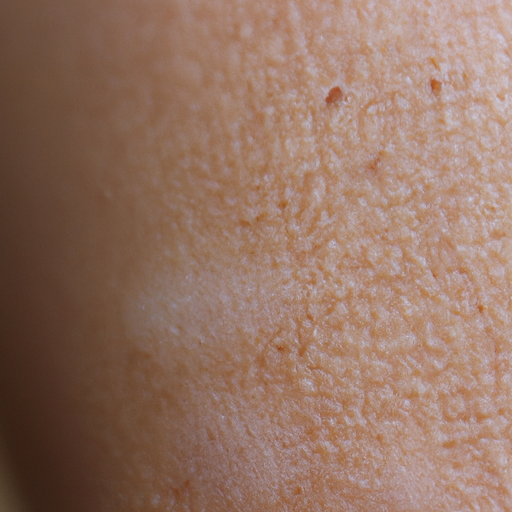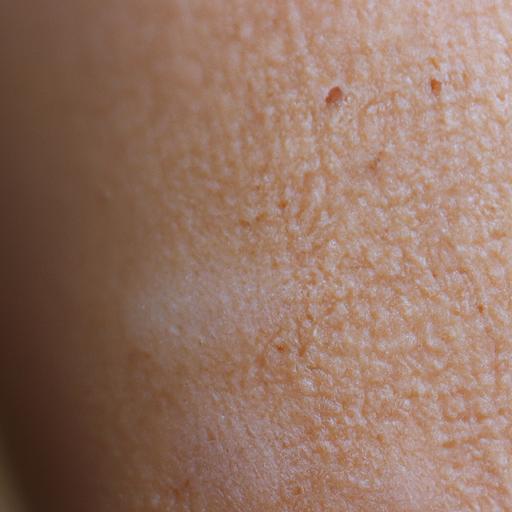Oily skin is a common skin condition characterized by an excess production of sebum, a natural skin oil, from the sebaceous glands. This condition can lead to a shiny or greasy appearance, enlarged pores, and often, acne. While it can be frustrating to manage, understanding the causes and effective treatments can help you take control of your skin health. This article aims to unmask the gloss and provide a comprehensive guide to diagnosing and treating oily skin.
Oily skin is primarily diagnosed through physical examination and patient history. Dermatologists look for signs such as a shiny or greasy appearance, large or visible pores, thick or rough skin texture, and the presence of blackheads, pimples, or other blemishes. Patient history is also crucial as oily skin can be influenced by factors such as age, hormonal changes, humidity and heat, diet, and the use of inappropriate skincare products.
The overproduction of sebum is often linked to hormonal fluctuations, which is why oily skin is common during puberty, menstruation, pregnancy, and menopause. Stress can also stimulate oil production. Moreover, a diet high in sugars and fats can promote sebum production. Lastly, using heavy cosmetics or skincare products that clog pores can trap oil inside, leading to an oily appearance.
Now that we’ve diagnosed the issue let’s delve into the treatment options. The goal of treating oily skin is not to eliminate oil entirely but to balance sebum production. Here are some effective strategies:
1. Skincare Routine: A consistent skincare routine is essential. Use a gentle cleanser twice daily to remove excess oil without stripping your skin of its natural moisture. Avoid harsh soaps or alcohol-based products as they can over-dry and irritate your skin, triggering more oil production.
2. Moisturize: It might seem counterintuitive to moisturize oily skin, but it’s a crucial step. When your skin is dehydrated, it compensates by producing more oil. Opt for oil-free, non-comedogenic moisturizers that hydrate without clogging pores.
3. Sun Protection: Sun exposure can trigger oil production and cause long-term damage. Use a broad-spectrum sunscreen with an SPF of at least 30. Look for formulas designed for oily skin to avoid a heavy, greasy feel.
4. Diet and Hydration: A balanced diet rich in fruits, vegetables, lean proteins, and whole grains can help regulate sebum production. Also, staying hydrated helps maintain skin health.
5. Medical Treatments: If oily skin persists despite your best efforts, it may be time to seek medical intervention. Prescription creams and oral medications can help regulate oil production. In-office treatments like chemical peels, laser treatments, and photodynamic therapy can also be beneficial.
6. Stress Management: Since stress can stimulate oil production, incorporating stress management techniques such as yoga, meditation, or deep breathing exercises into your routine can be beneficial.
In conclusion, while oily skin can be challenging to manage, understanding its causes and implementing effective treatment strategies can significantly improve your skin’s appearance and health. Remember, everyone’s skin is unique, so what works for one person might not work for another. It’s essential to consult with a dermatologist or skincare professional to develop a personalized skincare routine that suits your specific needs. With patience and consistency, you can achieve a balanced, healthy complexion.




